The 24 deadliest animals on Earth ranked
The prospect of being fatally attacked by an animal is a gruesome one, but do you know which species are most likely to kill you? We've culled data from sources ranging from the Gates Foundation to National Geographic to provide a comprehensive list of the 24 creatures that kill the most humans each year.
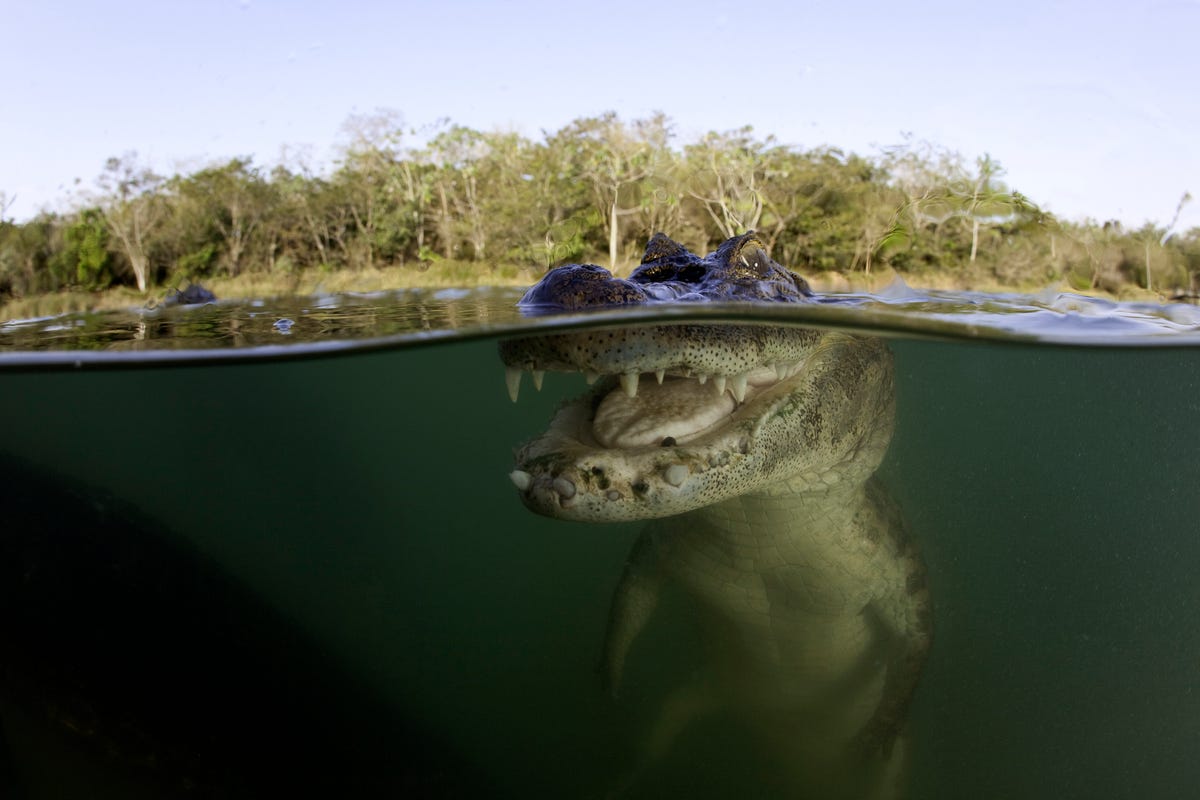
24. Alligators: One per year
Vending machines are 13 times more likely to kill you than alligators are, but vending machines have decidedly fewer teeth. Only one person per year, on average, is killed in an alligator attack.
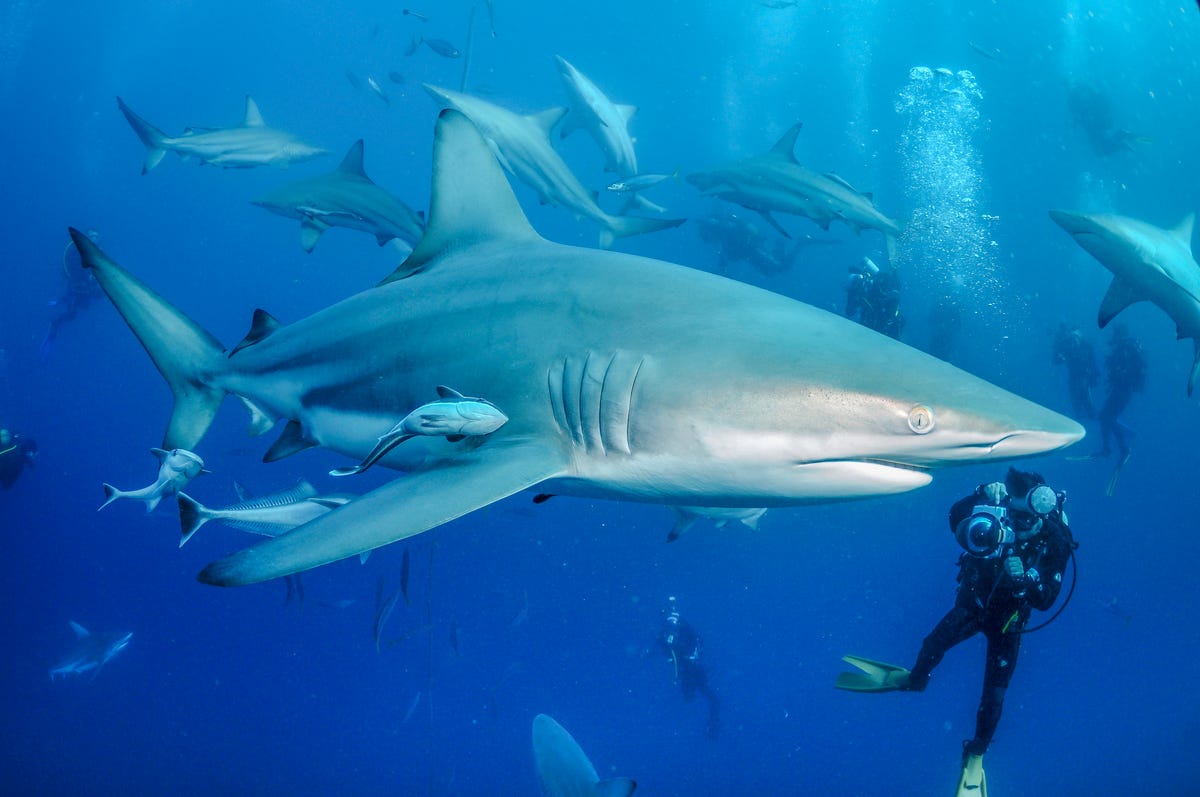
23. Sharks: Five per year
Though the notorious Jaws dined on five humans (and one dog) in the classic 1975 film of the same name, sharks only kill about five humans globally every year.

22. Wolves: Ten per year
In the 14th to the 19th centuries, wolves killed hundreds of humans every year, which may explain their prevalent role as villainous scavengers in children's stories through the ages. These days, less than a dozen people are killed by wolves annually.

21. Horses: 20 people per year
Though horses are herbivores and usually very gentle with humans, the sheer volume of human/horse interaction leads to around 20 fatal accidents around the world every year...so listen to your riding instructor.

20. Leopards: 29 people per year
Leopards aren't the fiercest of the "big cats," but shrinking habitats can lead to aggression from the spotted feline. Just shy of 30 humans on average are fatally attacked by leopards annually.
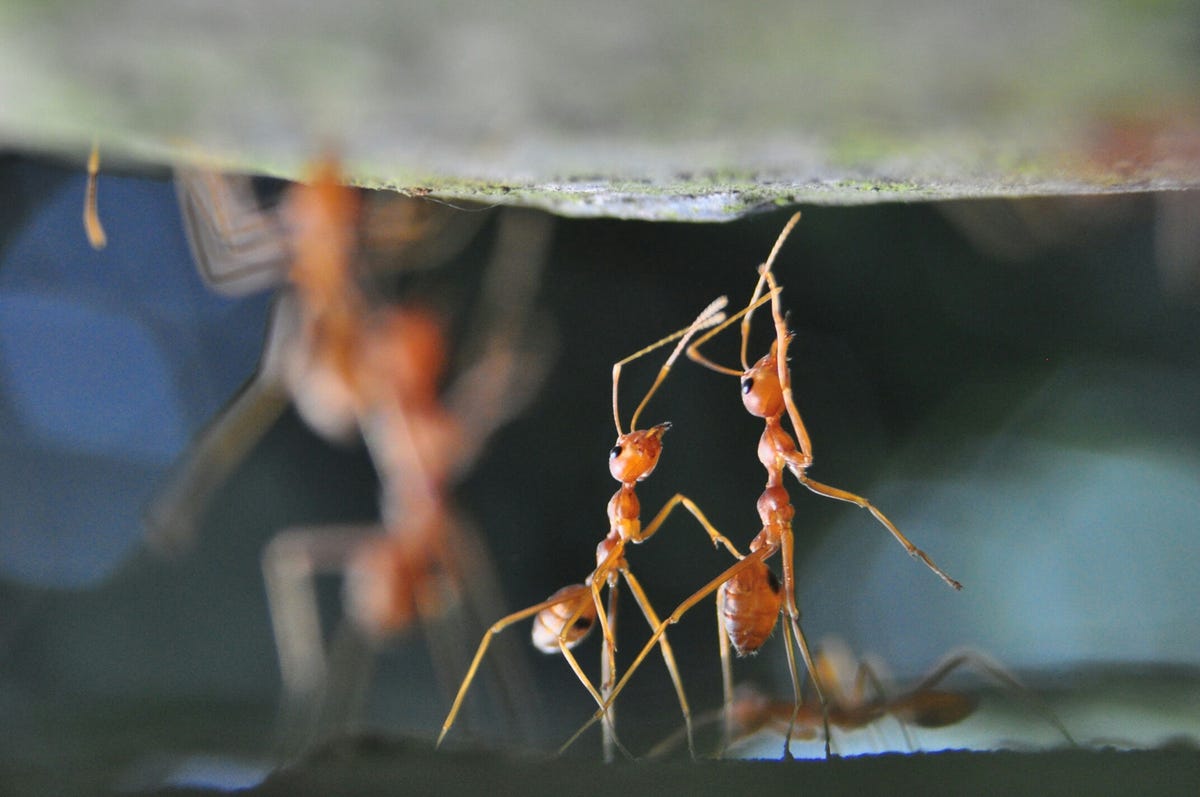
19. Ants: 30 people per year
Though they be but little, ants can be pretty fierce. Fire ants are dangerous for three reasons: They rush their victims in great numbers, they bite the skin of their victims to get a strong hold and then they inject toxic venom.
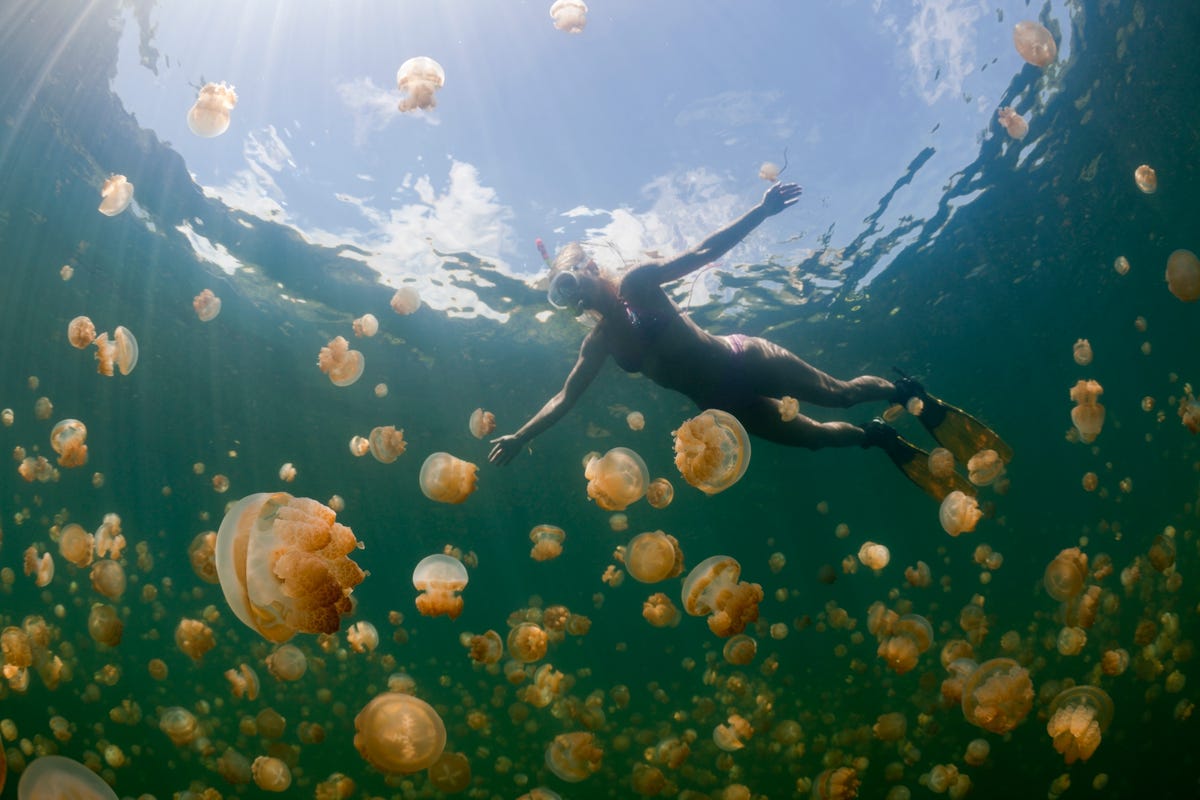
18. Jellyfish: 40 people per year
Being stung by a jellyfish is a good way to ruin your day at the beach, but out of 200,000 annual jellyfish stings, about 40 people are fatally wounded.
17. Bees: 53 people per year
Anaphylaxis from bee stings is one of the primary causes of death among people who are killed by bees.
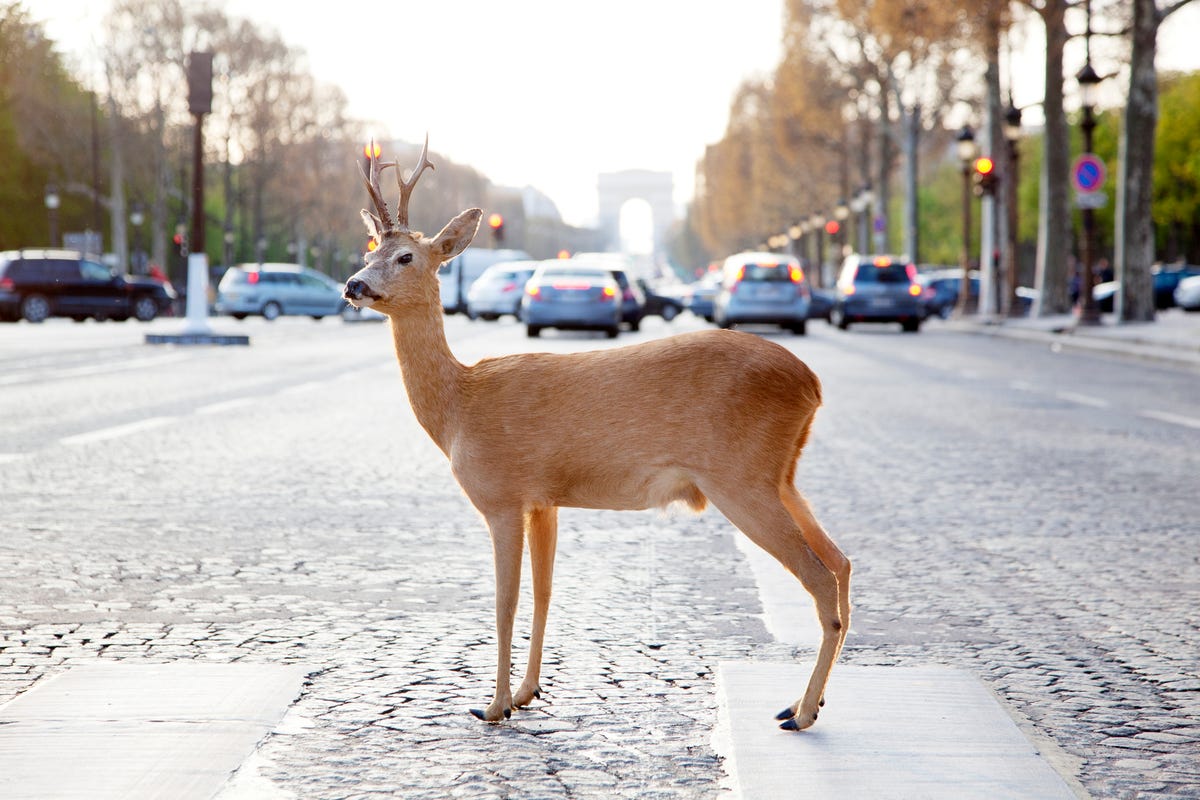
16. Deer: 130 people per year
Ironically, it's the skittish nature of Bambi and his kind that leads to triple-digit human deaths every year. If you're surprised by the number of deer-related fatalities, you've probably never had to swerve to avoid a deer frozen in your headlights on a dark country road.
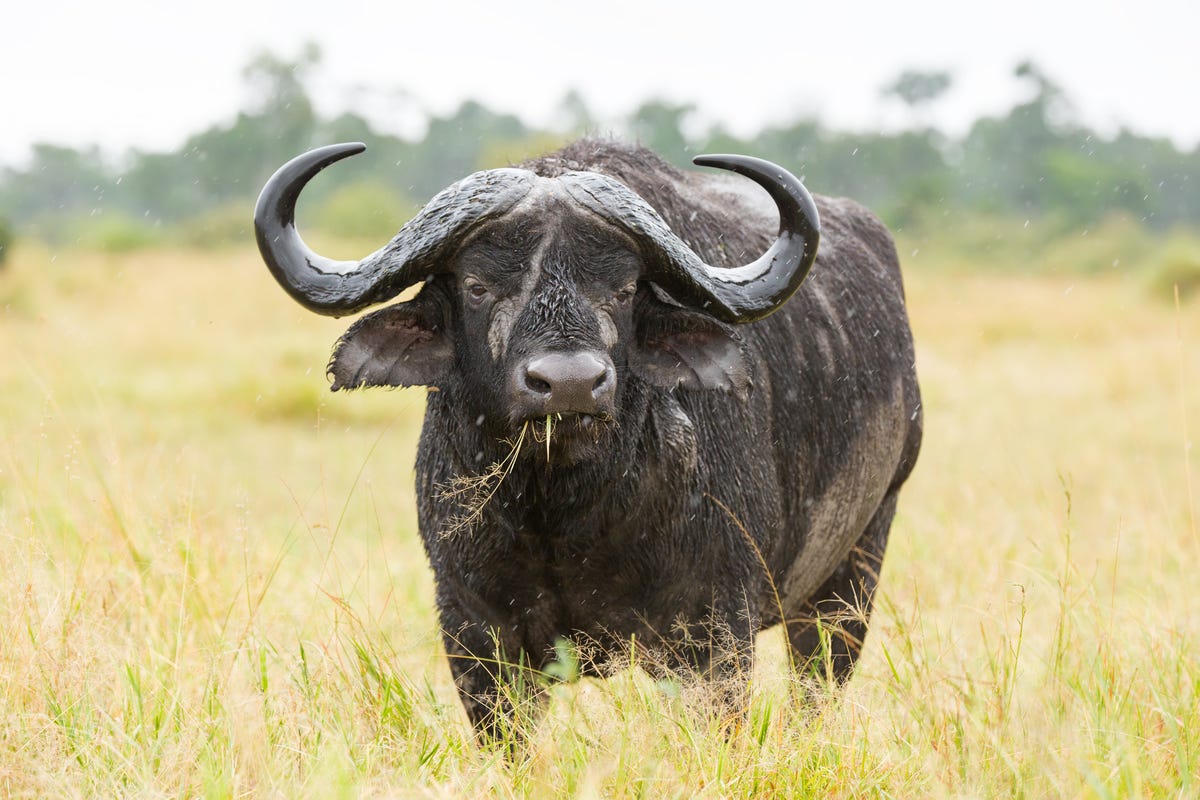
15. African Cape buffalo: 200 people per year
Big-game hunters sell Cape buffalo hunting adventures online. The problem is that large male buffalo wander from the herd to keep watch from a distance, attacking any threats from behind.

14. Lions: 250 people per year
Lions are predators and will view humans as prey, especially lions not raised in captivity. Understanding that hunting is instinctive for lions is the best way to avoid death by Simba.
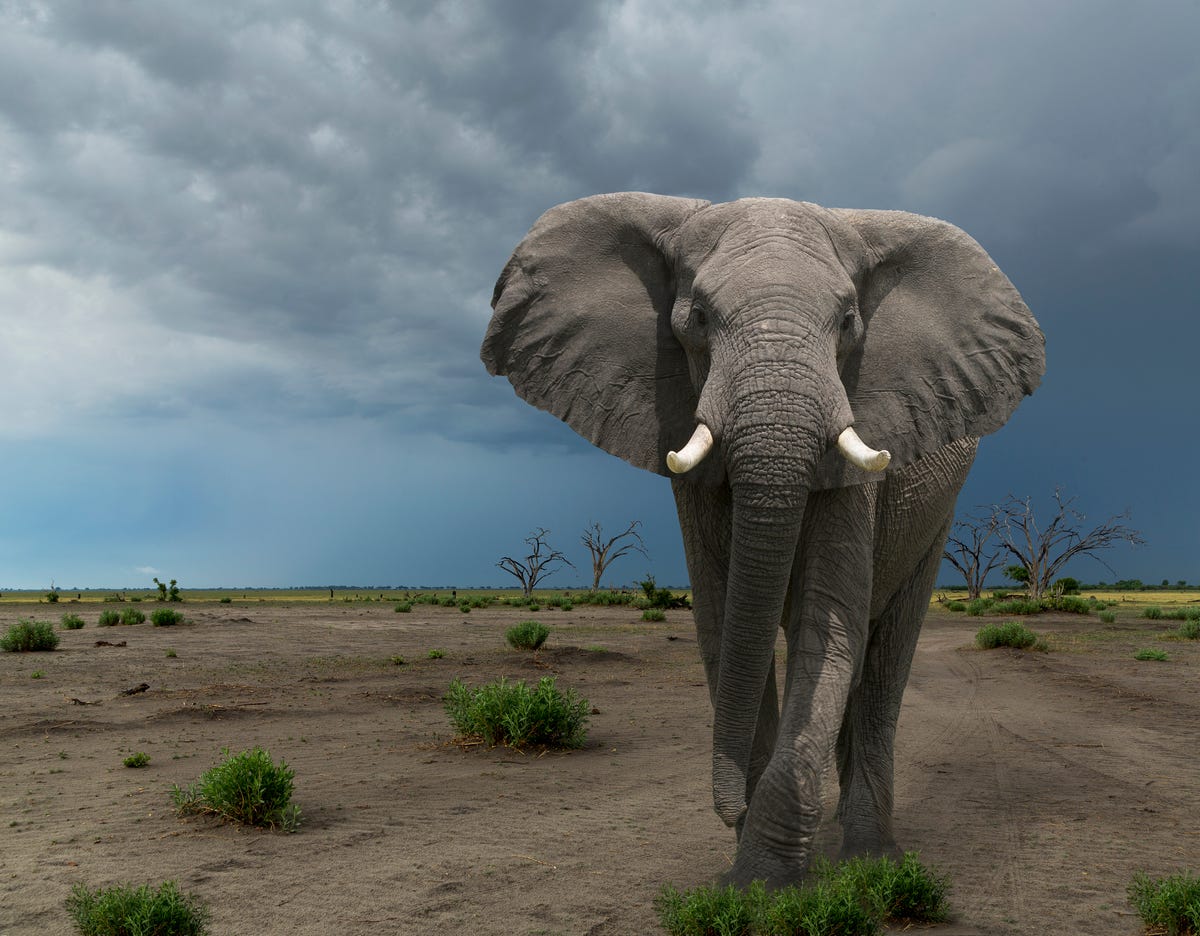
(Tie) 13. Elephants: 500 people per year
Elephants will respect your space if you respect theirs, but elephants who feel threatened by poachers or overly aggressive tourists are known for bouts of rage; they will charge animals they view as a threat.
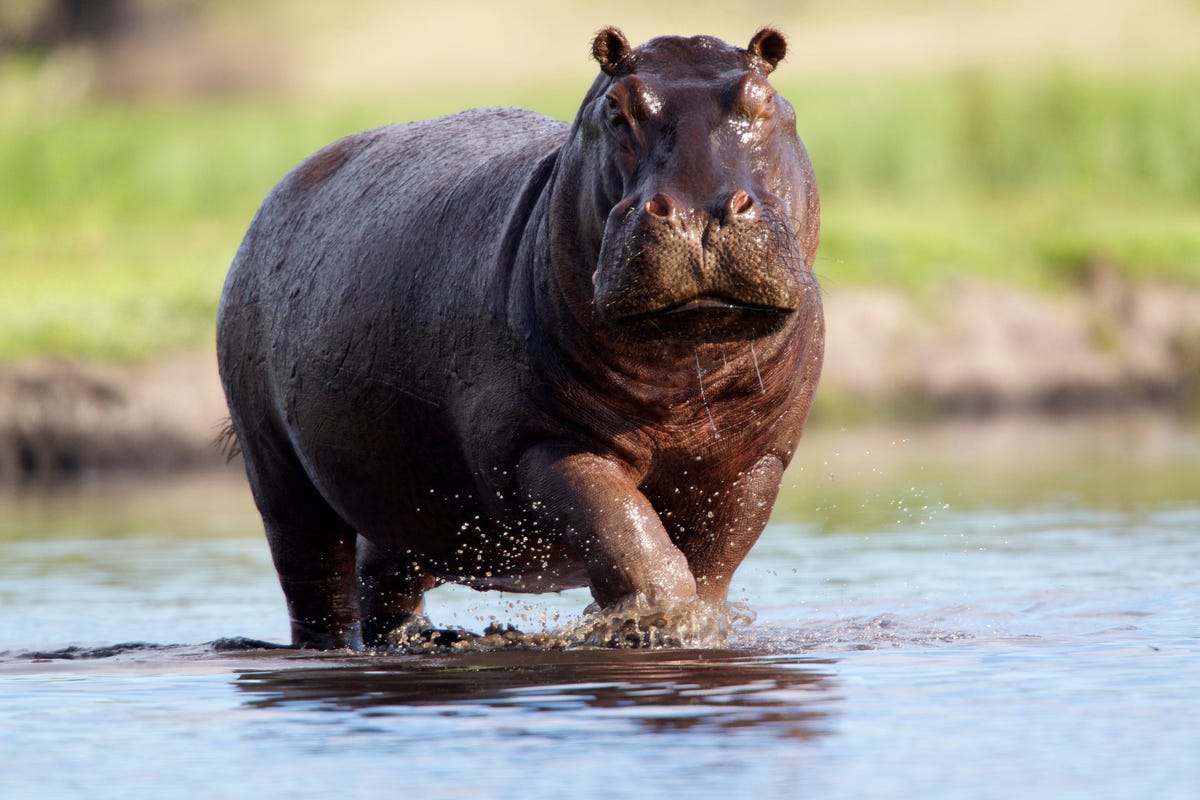
(Tie) 12. Hippos: 500 people per year
Don't be fooled by their sleepy nature or their portrayal as comical characters in cartoons; hippopotami are some of the most aggressive animals on the planet and will not hesitate to charge humans who get too close. More than one human per day, on average, is killed by a hippo every year.
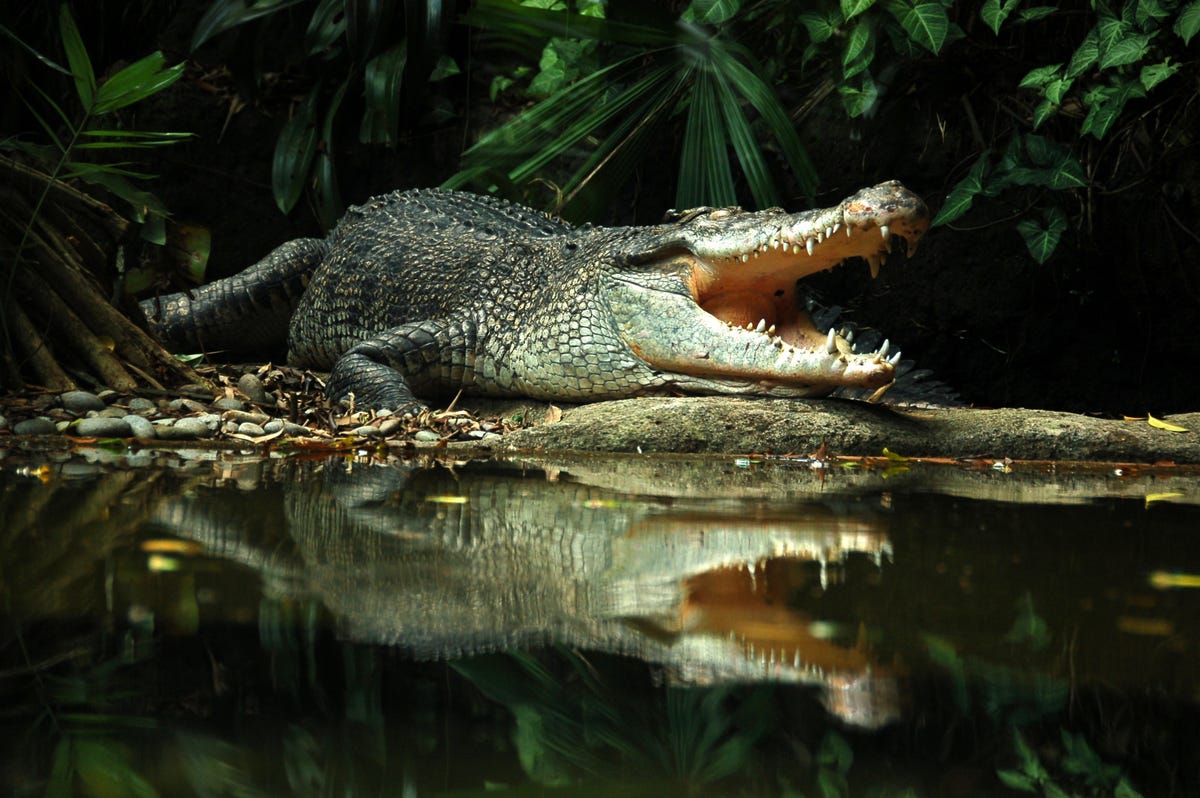
11. Crocodiles: 1,000 people per year
Crocodiles are opportunistic hunters and any animal that moves in their habitat is fair game. Around 1,000 people each year are fatally attacked by crocodiles, but because crocodiles hunt in generally poorer and more remote regions, each death receives far less media attention than other, less common animal attacks.
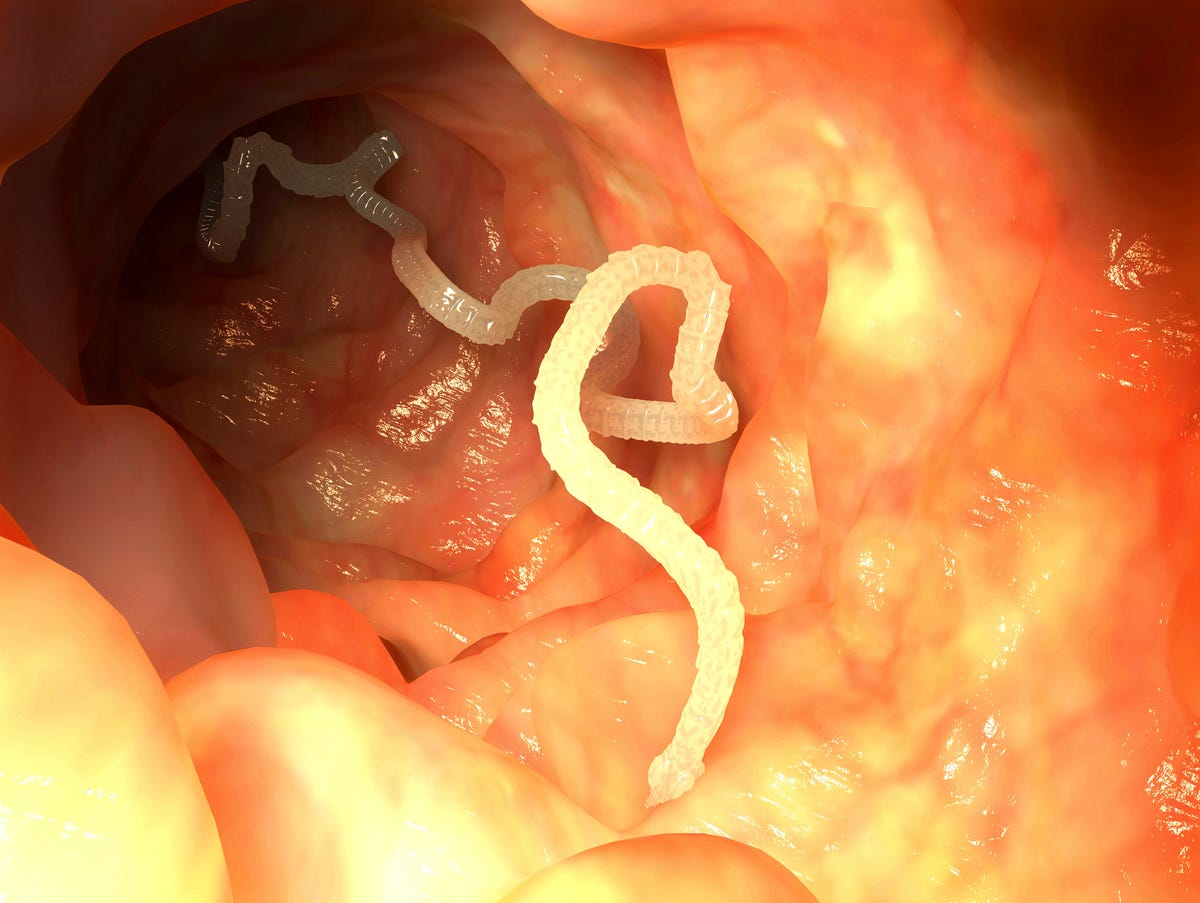
10. Tapeworms: 2,000 people per year
A tapeworm usually makes its way into a human host through food or water contaminated with eggs. People may go years with no symptoms before the infection suddenly becomes serious.
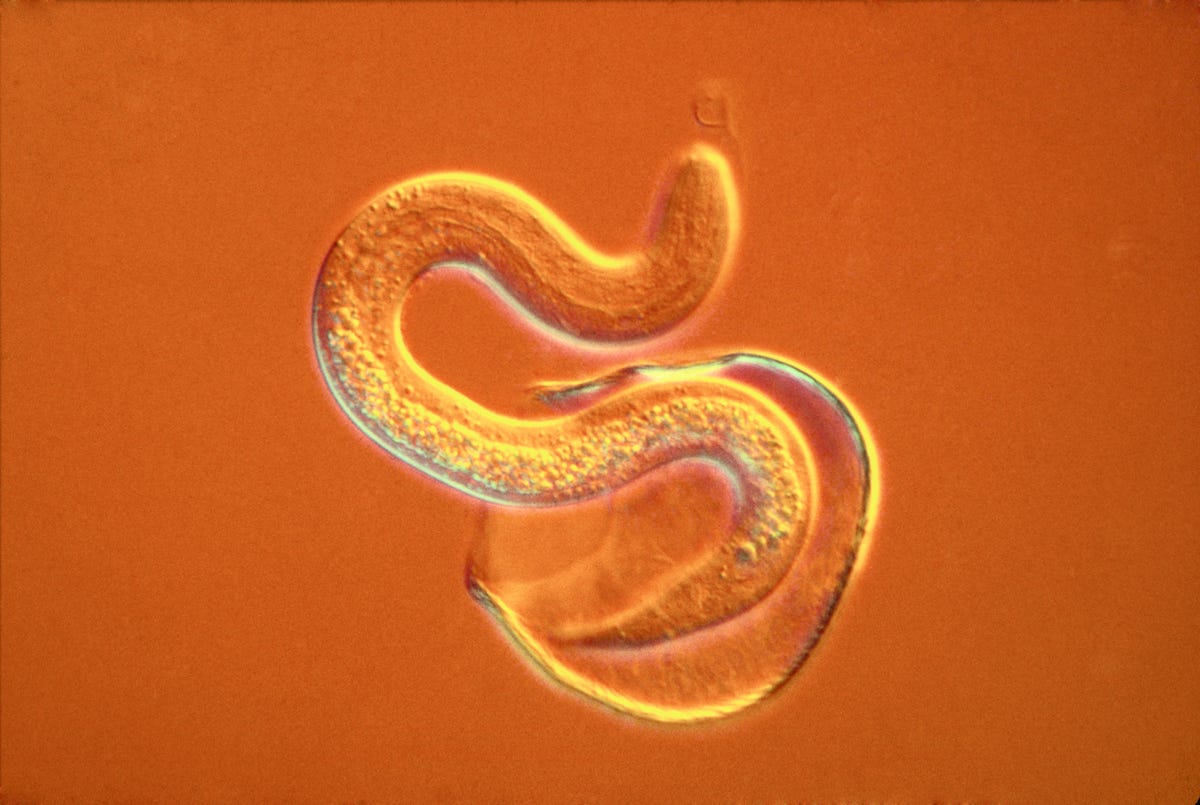
9. Ascaris Roundworms: 2,500 people per year
These parasites have tiny eggs easily transferred from contaminated dirt into human mouths. The roundworm takes up residence in the small intestine and can interfere with nutritional uptake, cause tissue reactions and even lead to intestinal blockage as the worms grow larger.
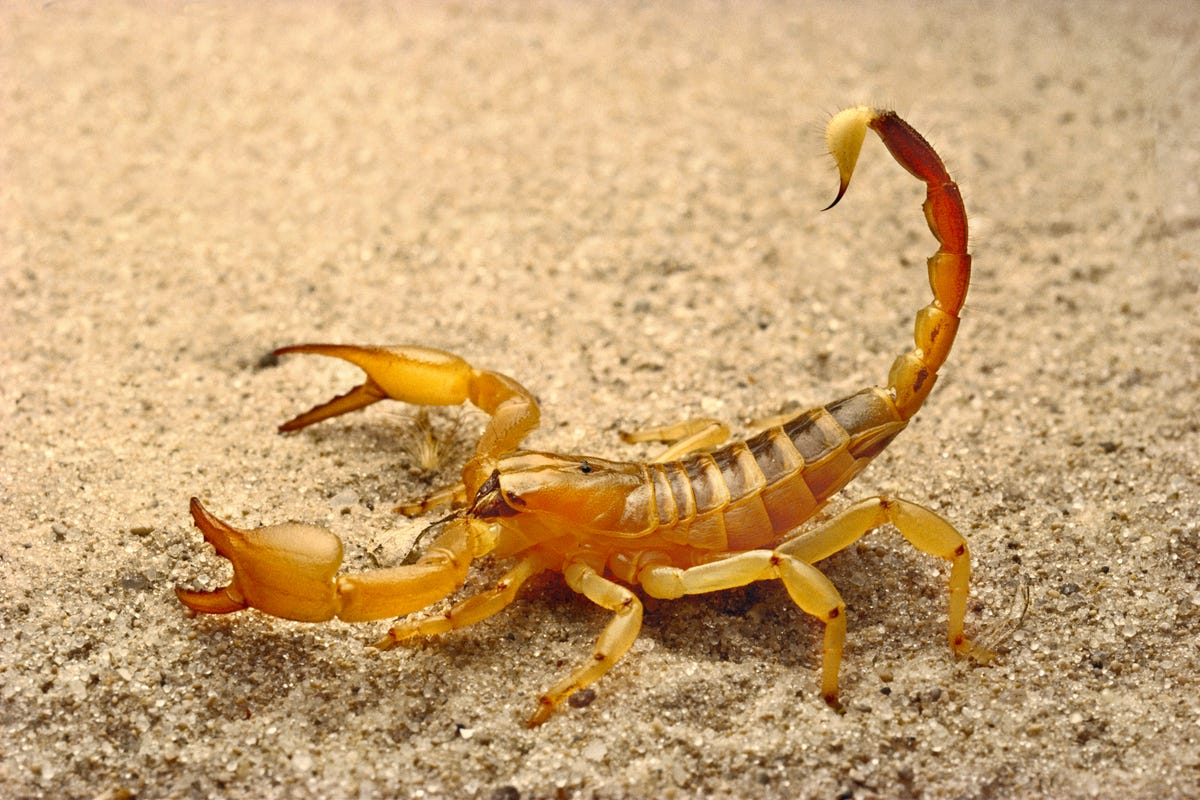
8. Scorpions: 3,250 people per year
Avoiding the scorpion is common sense, right? Only two kinds of scorpions have venom potent enough to kill a human being: the Israeli deathstalker and the Brazilian yellow scorpion. Children, the elderly and people with compromised immune systems are especially vulnerable to the potent neurotoxins delivered by these two arachnids.
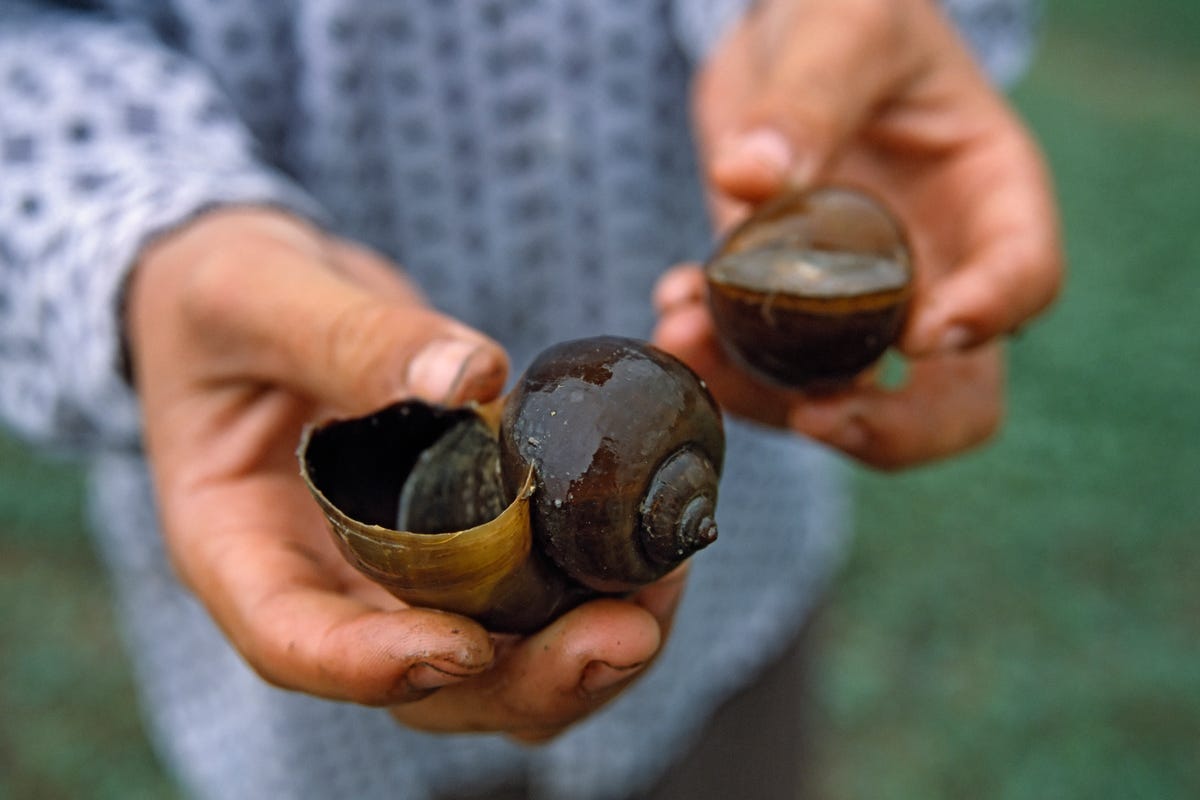
(Tie) 7. Freshwater Snails: 10,000 people per year
It's a three-way tie for seventh place on this list of fearsome fauna. Freshwater snails release the parasite that causes schistosomiasis in tropical and subtropical freshwater. Schistosomiasis causes all sorts of problems, from rashes and digestive problems to infertility and bladder cancer.

(Tie) 6. Assassin Bugs: 10,000 people per year
The assassin bug transmits a dangerous parasite through its feces. The parasite, which causes a condition known as Chagas disease, immediately unleashes acute symptoms which can include severe swelling of the heart or brain. This deadly phase of Chagas disease causes around 10,000 fatalities annually.
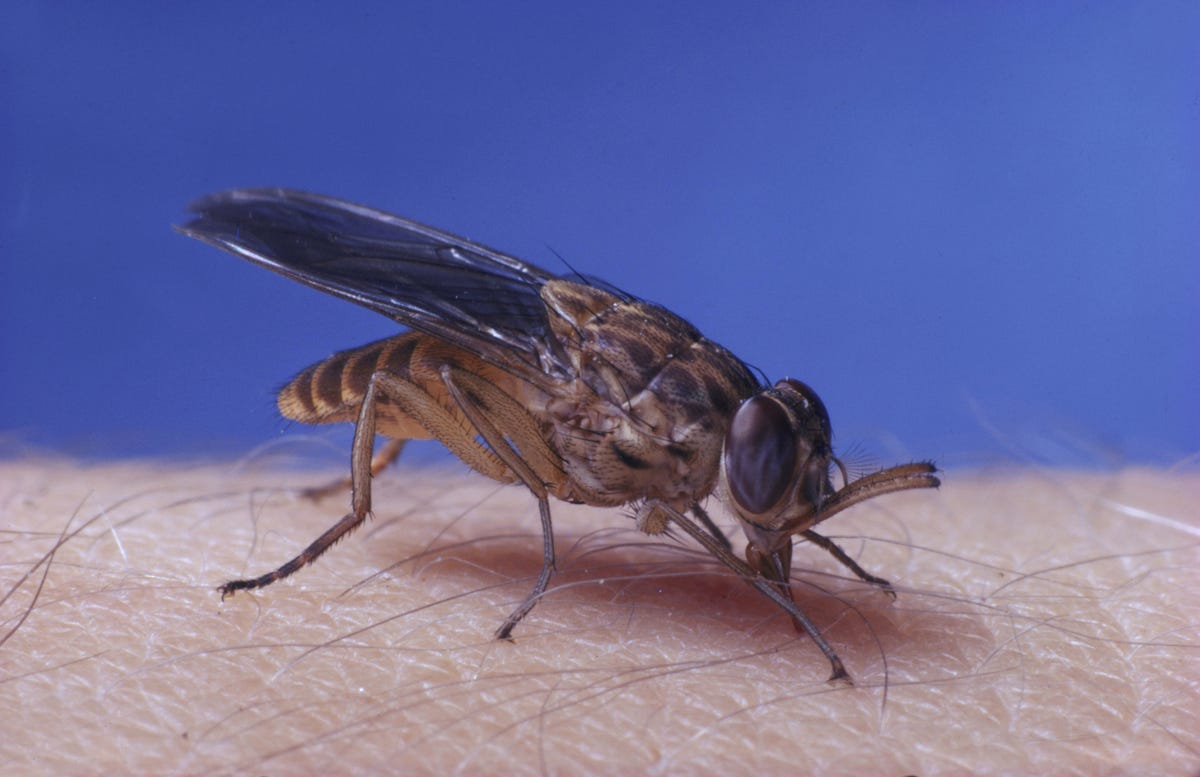
(Tie) 5. Tsetse Flies: 10,000 people per year
African sleeping sickness is caused by a parasite transmitted by the tsetse fly. There is a treatment for the parasite, but because the disease primarily infects those in rural areas, proper treatment can be hard to find. Death will eventually occur after several years of infection.

4. Dogs: 25,000 people per year
Man's best friend can also be a nightmare. Maulings and bites from rabid dogs are both to blame for the 25,000 dog-related deaths each year.
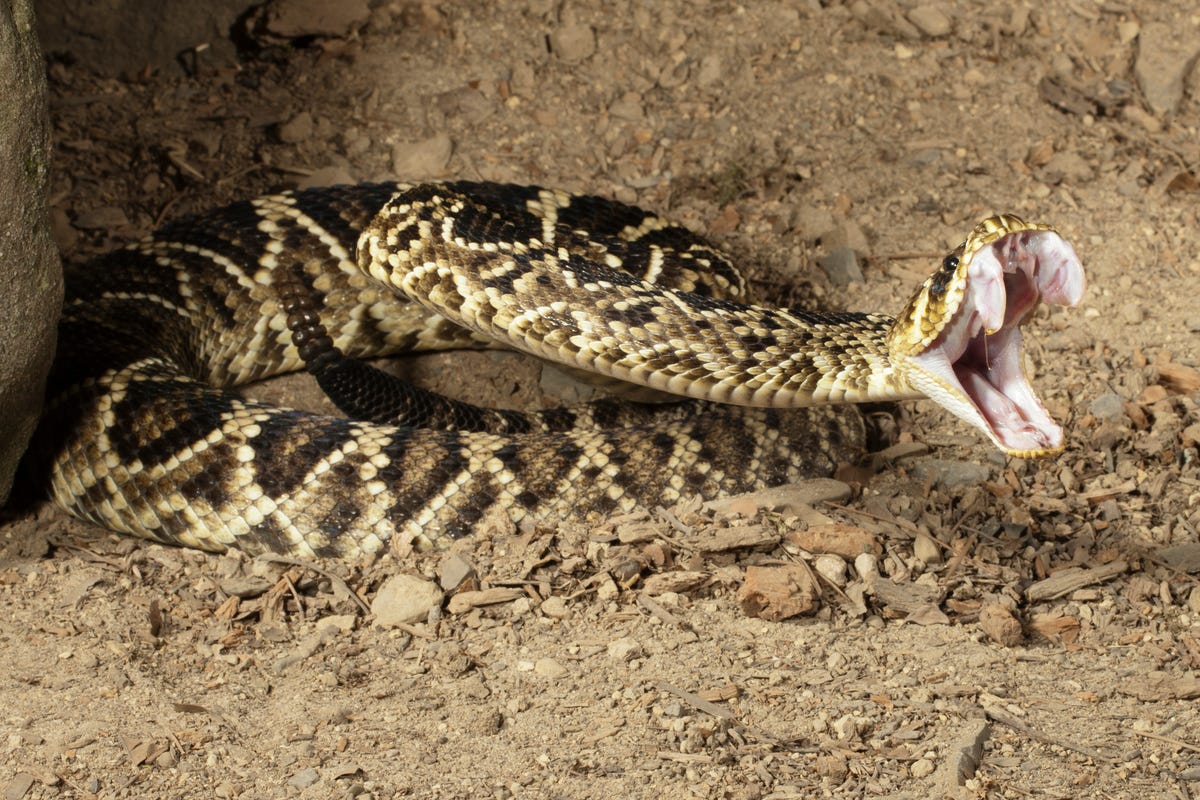
3. Snakes: 50,000 people per year
Indiana Jones' healthy fear of snakes was totally warranted, as serpents are the third most-deadly creatures in the world. Though the chances of dying from a snake bite in the United States are near zero, other regions don't have immediate access to high-quality medical care.
2. Humans: 475,000 people per year
Humans check in as the second-most deadly animal in terms of killing humans, thanks in no small part to gun violence.




No comments:
Post a Comment
Thank you for your feedback